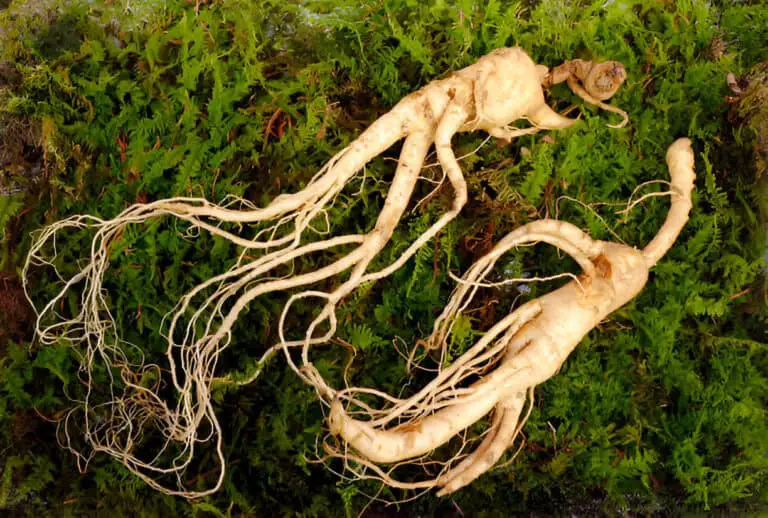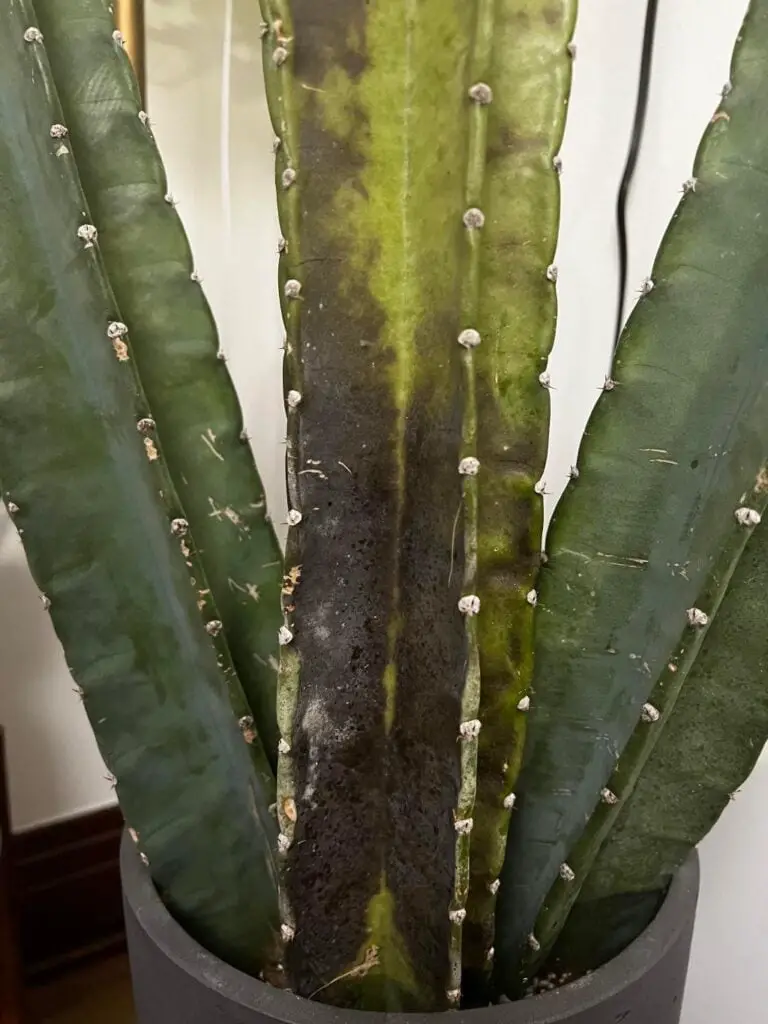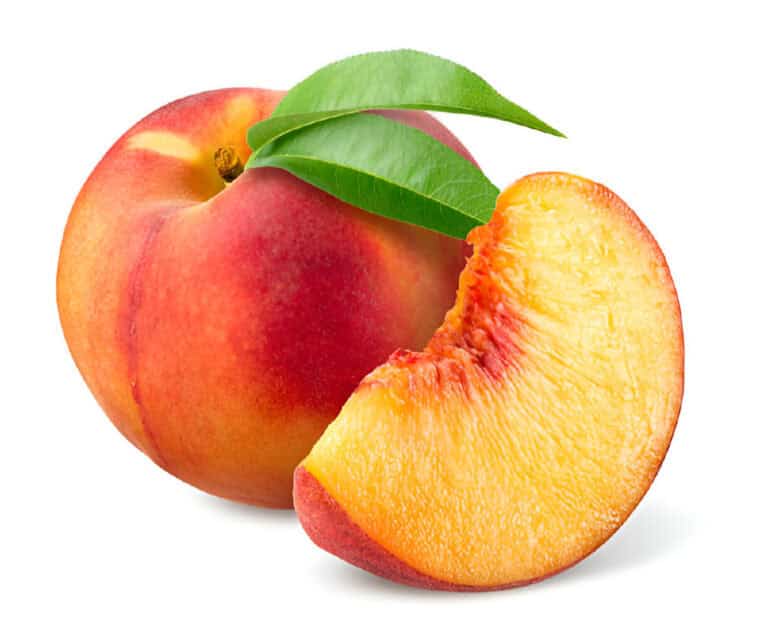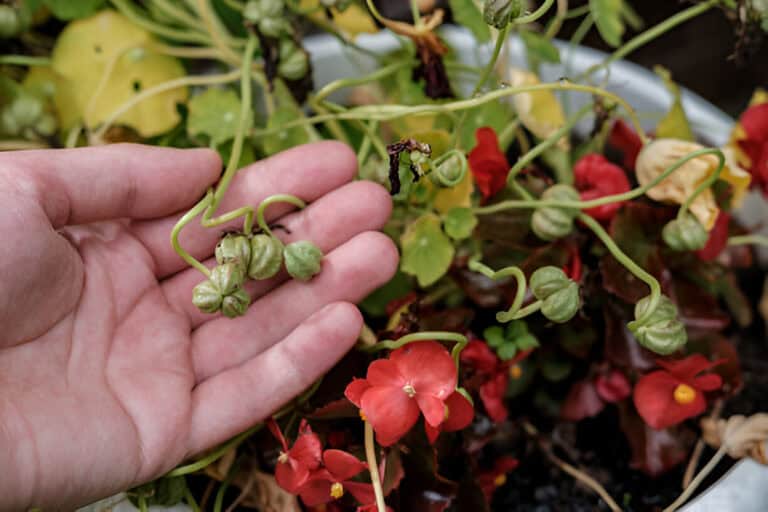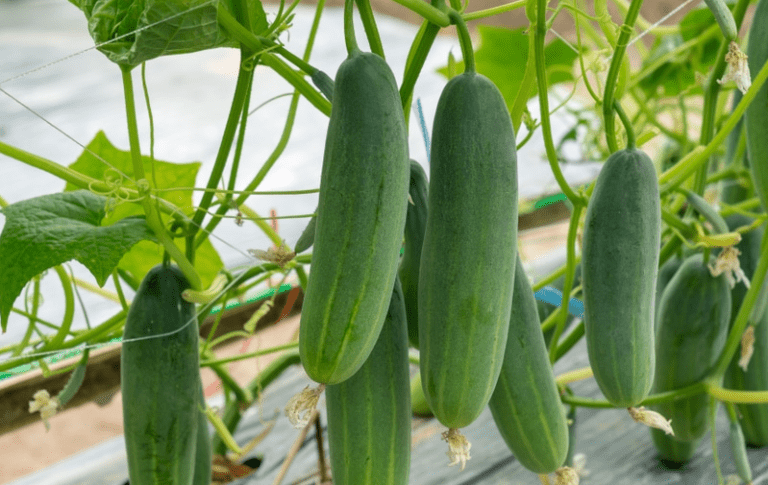What Part Of The Plant Does Broccoli Come From? The Broccoli Enigma
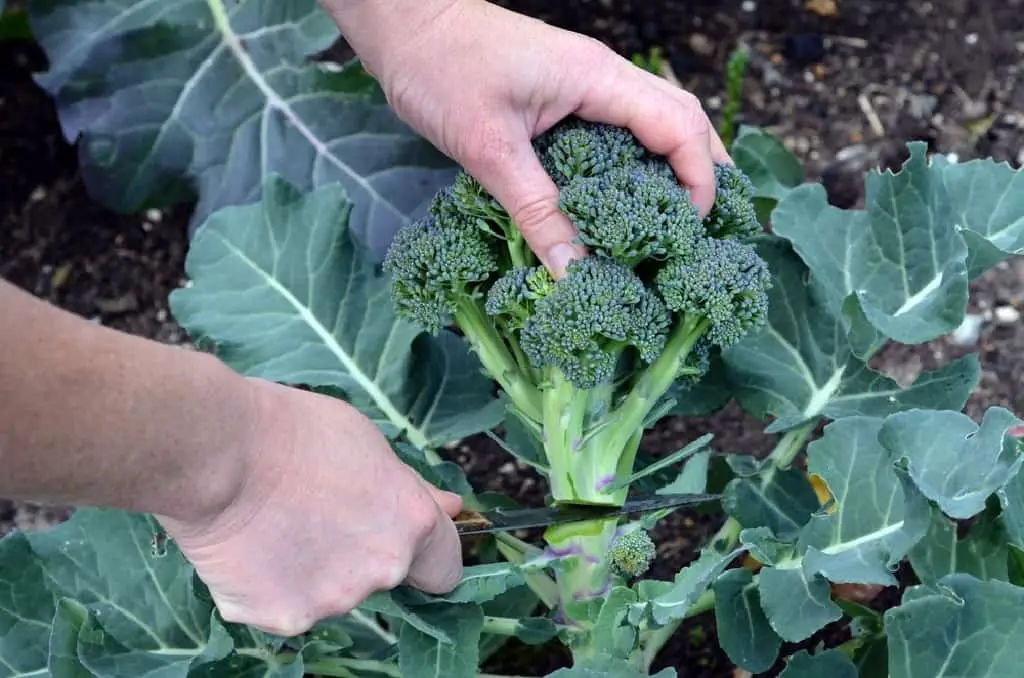
Broccoli, a versatile and nutritious vegetable, holds a prominent place in the culinary world. It captivates taste buds with its vibrant green florets and is widely recognized for its health benefits.
This beloved vegetable has found its way onto our plates in various mouthwatering dishes, but have you ever stopped to ponder where exactly it comes from within the plant kingdom?
In this botanical journey, we’ll unravel the mystery behind the origin of broccoli and shed light on the specific part of the plant it emerges from. From its luscious florets to its sturdy stalks, broccoli boasts a unique anatomy that holds both culinary delights and nutritional treasures. Prepare to embark on a fascinating exploration of this cruciferous wonder as we unlock its secrets and discover the hidden gems that lie within.
So, let’s dive deep into the verdant world of broccoli and uncover the answer to the intriguing question: What part of the plant does broccoli come from?
Anatomy of a Broccoli Plant
When we delve into the intricate world of broccoli plants, we uncover a fascinating anatomy that sheds light on the origin of this beloved vegetable. Each component of a broccoli plant plays a vital role in the process of producing the delectable crops we enjoy on our plates.
So, let’s embark on this journey of discovery, exploring the various parts that comprise a broccoli plant and their unique functions.
1. Roots
First and foremost, we encounter the roots, steadfastly anchored in the nurturing soil beneath. These humble yet tenacious roots serve as the lifeline of the plant, their dutiful task being to absorb water and essential nutrients from the ground.
With remarkable efficiency, they draw in moisture and minerals, channeling them through the plant’s vascular system, like tiny conduits of sustenance. The roots tirelessly distribute these vital resources, ensuring the well-being and prosperity of the entire broccoli plant.
2. Stem
Ascending from the steadfast roots, we encounter the stem, the backbone of the broccoli plant. This sturdy and resilient structure acts as a supportive pillar, holding the plant upright against the forces of nature. But the stem’s role extends far beyond providing mere structural support.
It is a conduit of life, transporting water, nutrients, and sugars between the roots and other parts of the plant. Through this intricate network of vessels, the stem acts as a vital mediator, orchestrating the distribution of sustenance, fostering growth, and enabling the plant to thrive.
3. Leaves
As our exploration continues, we turn our attention to the verdant foliage that graces the broccoli plant—the leaves. These graceful appendages, swaying gently in the breeze, are pivotal in the miraculous process of photosynthesis. Bathed in sunlight, the leaves harness its radiant energy, transforming it into the life-sustaining fuel that propels the plant’s growth.
Through the wondrous alchemy of chlorophyll, these emerald canopies convert sunlight into carbohydrates, providing the plant with the nourishment it needs to flourish. The leaves, with their delicate beauty and remarkable functionality, are the unsung heroes behind the scenes, tirelessly manufacturing the sustenance that fuels the broccoli plant’s existence.
4. Flower Buds

Lastly, we arrive at the coveted treasure of the broccoli plant—the flower buds. Nestled at the tips of the stems, these unopened blossoms hold the promise of culinary delight. These tender green bundles, commonly known as broccoli florets, are a testament to nature’s artistry. Bursting with flavor and texture, they embody the culmination of the plant’s efforts.
While they may appear as miniature bouquets waiting to unfurl, they are, in fact, the pinnacle of the broccoli plant’s growth. When these flower buds reach their prime, they are harvested and transformed into the delightful florets that grace our dinner tables, providing both a feast for our senses and a nourishing addition to our meals.
What Part Of The Plant Does Broccoli Come From?
As we examine the broccoli plant’s magnificent structure, we come face to face with the star of the show—the large flowering head. This impressive head, the centerpiece of the plant, is the pinnacle of its growth and development.
Bursting with vitality and flavor, this head embodies the culmination of the broccoli plant’s journey. Its substantial size and captivating appearance make it an enticing addition to our culinary endeavors. When we savor a delicious serving of broccoli, we are indulging in the bountiful result of this large flowering head.
Formation of Broccoli Florets
The development of broccoli florets is a fascinating process that occurs within the plant’s meristem tissue. Meristem refers to the plant tissue responsible for growth and differentiation. As the broccoli plant grows, the meristem tissue in the flower buds undergoes a remarkable transformation.
Under the influence of environmental factors such as temperature and sunlight, the meristem tissue begins to differentiate, giving rise to the distinct structure of broccoli florets. The size and shape of the florets are influenced by genetic factors, as well as environmental conditions during their development.
Broccoli’s Classification as a Vegetable
Despite belonging to the species Brassica oleracea, which also includes cabbage, kale, and cauliflower, broccoli is classified as a vegetable. This classification is based on its culinary and nutritional characteristics.
From a culinary perspective, broccoli is commonly used in savory dishes, salads, stir-fries, and soups. Its versatility and ability to complement a wide range of flavors contribute to its classification as a vegetable.
Nutritionally, broccoli boasts an impressive array of vitamins, minerals, and dietary fiber. It is particularly known for being a rich source of vitamin C, vitamin K, folate, and potassium. These nutrients are essential for maintaining good health and supporting various bodily functions.
Cultivation and Harvesting of Broccoli
Growing broccoli involves a careful balance of agricultural practices to ensure optimal growth and a bountiful harvest. Farmers follow specific techniques and pay attention to crucial factors such as timing and conditions.
Agricultural Practices
Broccoli thrives in cool weather, so farmers often plant it in the early spring or late summer. The ideal temperature range for broccoli growth is between 65°F and 75°F (18°C and 24°C). It requires well-drained soil with organic matter and a pH level between 6.0 and 7.0. Proper soil preparation, including loosening the soil and adding compost, sets the stage for successful cultivation.
Seeds are typically sown indoors several weeks before the last frost date, and once the seedlings reach a certain size, they are transplanted into the garden. Adequate spacing is essential to ensure each broccoli plant has room to grow and receives sufficient sunlight.
Harvesting Techniques
The harvest time for broccoli depends on the specific variety and growing conditions. Generally, broccoli is ready for harvesting when the florets are tight and compact, before they begin to separate or turn yellow. Experienced farmers keep a close eye on the florets’ color and size to determine the perfect moment for harvesting.
To harvest broccoli, a sharp knife is used to cut the stalks just below the head. It’s important to leave some of the plant intact, as some varieties can produce side shoots that offer additional broccoli harvests.
Read: How Many Broccoli Seeds to Plant Per Hole? Perfect Planting Guide
Tips for Choosing and Storing Broccoli
To enjoy the best quality and flavor from your broccoli, keep the following tips in mind:
- Look for Freshness: Choose broccoli with firm florets that have a deep green color. Avoid broccoli with yellowing florets or soft spots.
- Store Properly: Place unwashed broccoli in a plastic bag and store it in the refrigerator. It is best to use broccoli within a few days of purchase to maintain its freshness and nutritional value.
- Trim and Prep: Before cooking, remove any leaves attached to the stalk and trim the bottom of the stalk. Rinse the broccoli thoroughly under cold water to remove any dirt or debris.
- Don’t Overcook: Overcooking broccoli can result in a mushy texture and a loss of its vibrant color. Steam or blanch it for a few minutes until it becomes bright green and tender-crisp.
Varieties and Hybrids of Broccoli
Broccoli comes in various varieties, each with its own unique characteristics, flavors, and adaptability to different growing conditions. Let’s explore some popular varieties of broccoli:
| Variety | Description |
| Calabrese | This classic variety features large, dark green heads and thick stalks. |
| Romanesco | Recognizable by its stunning fractal pattern, this variety has a nutty flavor and a delicate yet slightly firmer texture compared to traditional broccoli. |
| Purple Sprouting | Known for its vibrant purple florets, this variety offers a milder flavor and tends to have a longer harvest season. |
| Broccolini | A hybrid of broccoli and Chinese kale, broccolini has longer and thinner stalks with smaller florets. It has a sweeter taste and a tender texture. |
Exploring the different varieties of broccoli opens up a world of culinary possibilities. Whether you prefer the robustness of Calabrese or the unique appearance of Romanesco, there’s a variety to suit every palate and recipe.
Read: How Many Broccoli Plants Per Square Foot? Maximizing Your Yield
Popular Broccoli Recipes
Here are a few popular recipes that highlight the versatility of broccoli:
- Garlic Roasted Broccoli: Toss broccoli florets with olive oil, minced garlic, salt, and pepper, then roast in the oven until tender-crisp and slightly caramelized. This simple yet flavorful side dish pairs well with any main course.
- Broccoli and Cheddar Soup: Sauté chopped onions and garlic in butter, add broccoli florets and vegetable broth, and simmer until tender. Blend the mixture, then stir in grated cheddar cheese for a comforting and creamy soup.
- Broccoli Stir-Fry: Heat a wok or skillet with sesame oil, add broccoli florets, and stir-fry with your choice of vegetables, protein, and sauces. Serve over steamed rice or noodles for a quick and satisfying meal.
In Conclusion
Broccoli, a member of the Brassica oleracea species, comes from the inflorescence of the plant. The tight clusters of immature flower buds, known as florets, are the edible part of the broccoli plant. However, the stalks and leaves are also edible and offer their own nutritional benefits. Broccoli is a nutritional powerhouse, packed with essential vitamins, minerals, fiber, and antioxidants.
In the kitchen, broccoli can be steamed, stir-fried, roasted, used in soups, salads, pasta dishes, or enjoyed as a side dish. When selecting and storing broccoli, opt for fresh, vibrant florets and keep them refrigerated until use. Remember not to overcook broccoli to retain its texture and color.
Now that you know the botanical origins of broccoli and how to make the most of this versatile vegetable, you can confidently incorporate it into your meals to add both flavor and nutrition. Embrace the culinary possibilities of broccoli and explore its delightful potential in a variety of dishes.
FAQs
How is broccoli grown?
Broccoli is grown through a process of sowing seeds indoors, transplanting broccoli seedlings into the garden, and providing optimal growing conditions. It thrives in cool weather with well-drained soil and a pH level between 6.0 and 7.0. Proper spacing, regular watering, and protection from pests and diseases are essential for successful broccoli cultivation.
Why is broccoli considered a vegetable if it comes from a plant?
Broccoli is considered a vegetable because it is the edible part of the broccoli plant. Specifically, broccoli is the flower head or florets of the plant that are harvested before they fully bloom. While it is true that broccoli is part of the plant kingdom, the term “vegetable” is used to categorize edible plant parts that are typically savory or used in savory culinary preparations.
How are broccoli florets formed?
Broccoli florets are formed from the immature flower buds of the broccoli plant. As the plant grows, it develops tight clusters of underdeveloped flower buds. These clusters gradually expand and differentiate into the recognizable florets we associate with broccoli. Harvesting the broccoli before the buds fully open ensures that the florets remain tender and flavorful.
What nutrients are found in broccoli?
Broccoli is a nutritional powerhouse, packed with essential nutrients. It is an excellent source of vitamin C, vitamin K, and folate. It also contains significant amounts of fiber, potassium, and vitamin A. Additionally, broccoli is rich in antioxidants, such as sulforaphane, which may have potential health benefits. Regular consumption of broccoli can contribute to a well-rounded and nutrient-dense diet.
How is broccoli cultivated and harvested?
Broccoli cultivation involves sowing seeds indoors and transplanting the seedlings into the garden. It requires cool weather and well-drained soil. The plants are spaced adequately to allow room for growth and receive sufficient sunlight. Broccoli is harvested by cutting the stalks just below the head when the florets are tight and compact. Some varieties can produce side shoots, allowing for multiple harvests from a single plant.
Can you eat the stalks and leaves of a broccoli plant?
Yes, both the stalks and leaves of a broccoli plant are edible and offer nutritional benefits. While the florets are the most commonly consumed part, the stalks can be peeled and cooked or thinly sliced for use in stir-fries or soups. The leaves can be cooked like other leafy greens. Utilizing the entire plant minimizes waste and maximizes the nutritional value of broccoli.
How can broccoli be incorporated into a sustainable diet?
Broccoli can be a valuable component of a sustainable diet. It requires fewer resources, such as land and water, compared to some animal-based proteins. By including broccoli in their meals, individuals can reduce their ecological footprint. Additionally, broccoli is rich in nutrients and can contribute to a well-balanced, plant-based diet. Choosing locally grown and organic broccoli when available further supports sustainable agricultural practices and reduces the environmental impact of food production.

